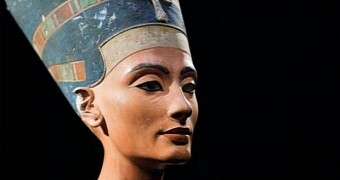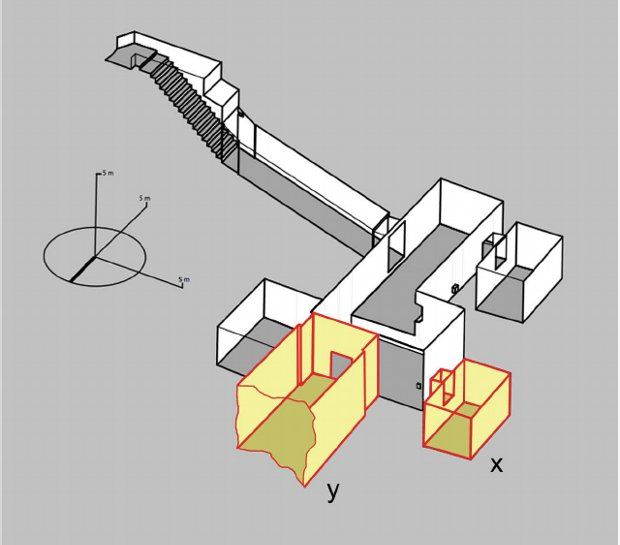King Tutankhamun, a pharaoh of the 18th dynasty, ruled over Egypt around 3,000 years ago. His tomb was unearthed back in 1922 by archaeologist Howard Carter and English aristocrat George Herbert, the latter being the expedition's financial backer.
Since its discovery nearly a century ago, King Tutankhamun's burial chamber has received hundreds, if not thousands of visitors, many of them researchers with an interest in Ancient Egypt. Even so, it looks like these people all failed to notice that there is more to the tomb than meets the eye.
Not to prolong the suspense, University of Arizona archaeologist Nicholas Reeves thinks the late pharaoh's burial chamber hides two secret doorways, of which one leads to a store room and the other to a concealed burial room that went unnoticed for decades.
These doorways are hidden from view by a thick layer of plaster, which explains why archaeologists who explored the tomb in the past did not notice them. High-resolution scans of the burial chamber's walls, however, hint at the existence of these secret doorways.
“Recently published, high-resolution scans of the walls of room J (the Burial Chamber) of Valley of the Kings tomb KV62 (Tutankhamun) reveal, beneath the plastered surfaces of the painted scenes, distinct linear traces,” Nicholas Reeves argues in a report.
“These are here mapped, discussed, and tentatively identified as the 'ghosts' of hitherto unrecognized doorways,” the University of Arizona researcher goes on to detail.
Well, whose burial room could it be?
Revealing that King Tutankhamun's burial chamber quite possibly has two previously undocumented and consequently unexplored rooms adjacent to it is impressive enough. Still, archaeologist Nicholas Reeves didn't stop here.
In his report, he argues that, of these two chambers, the one designed to serve as a tomb was meant for Queen Nefertiti, wife of Akhenaten and likely King Tutankhamun's mother.
Well, actually, he says it could be that the burial complex King Tutankhamun was laid to rest in was initially built for his mother, Queen Nefertiti. When the pharaoh died at a young age, however, he took the place of his mother in the burial chamber.
Years later, when Queen Nefertiti passed away as well, she was buried in a tomb built next to King Tutankhamun's burial chamber, Nicholas Reeves proposes in his report.
At least for now, there is no telling whether the University of Arizona archaeologist is right and King Tutankhamun's burial complex really does include a hidden room his supposed mother, Queen Nefertiti, was laid to rest in.
Then again, a little excavation work is all it would take to solve this mystery, so here's hoping we'll soon know for sure whether Nicholas Reeves has indeed found Queen Nefertiti's tomb.

 14 DAY TRIAL //
14 DAY TRIAL // 

